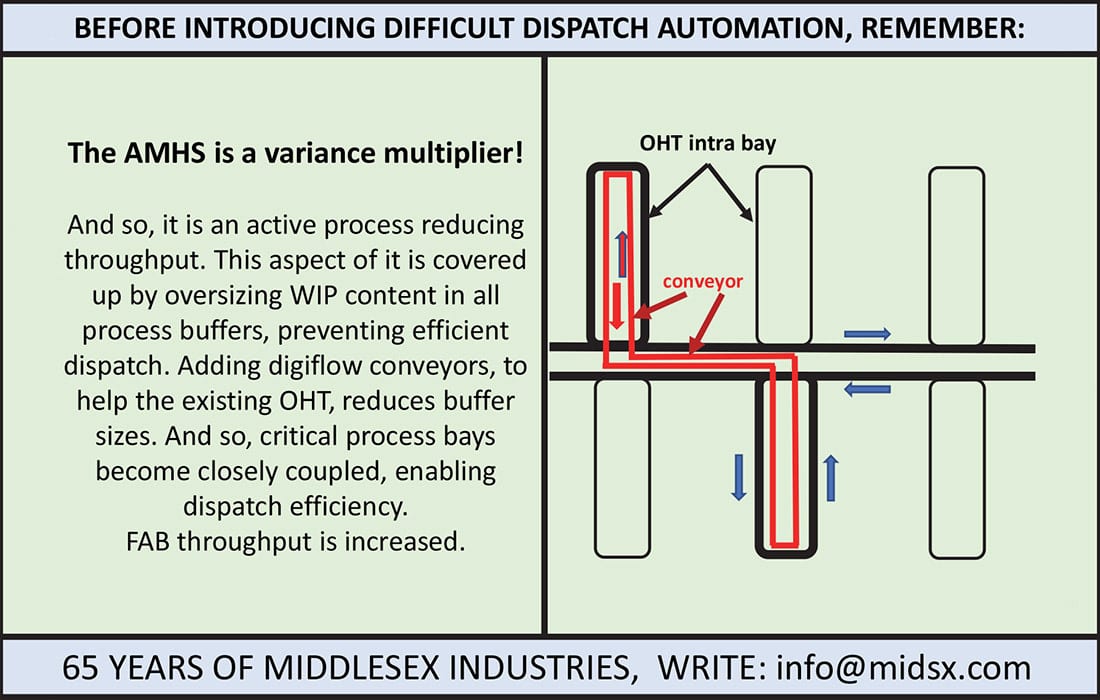MIND YOUR P's AND Q's
The automation of manufacturing lines has been relentless. Competitive pressures have increased the need for automated production.
Done well, automation can reduce costs. Automation trades higher capital costs for lower labor costs, though it does not entirely eliminate labor. But, there are other ways to justify automation than labor savings. For example, people are generally not as repeatable as machines, so automation can positively influence product quality. Automation can include measurements and statistical analysis of the parts coming off the line.
As with most things, automation can have downsides. Automation does not mean there will be no people working the assembly line. Not long ago, I had a discussion with a manager of several automated manufacturing lines. He expressed concern that the talent that remained on the line were not so engaged. As we increase automation and reduce the load on our people, we risk making their work lives less engaging.
It is in nobody’s interest to have a workforce that is disengaged, unmotivated and unwilling to propel the organization. To understand the impact of employee engagement, check out Gallup’s Workplace Engagement studies. In 2021, employees reported feeling less engaged in the workplace than in previous years. Only 34 percent of the 57,022 full- and part-time employees surveyed reported feeling engaged at work, while 16 percent said they were actively disengaged in their work and workplace. The numbers weren’t much better in 2020—36 percent of employees were engaged and 14 percent were actively disengaged—but 2021 is the first time in a decade that engagement dropped year-over-year, according to the firm.
When engineers relieve workers of their focus on the details of manufacturing, they run the risk that the workforce may become disengaged and rudderless. Photocourtesy Subaru
JOHN QUIGLEY // PRESIDENT // Value Transformation LLC
CONTACT
Author

Manufacturing Automation and People
Starting and stopping a supply chain
is not like starting and stopping a car.
When we relieve workers of their focus on the details of manufacturing, we run the risk that our team may become rudderless or without purpose. Or, we can use this freedom to enable them to focus on more compelling areas of improvement of the organization.
What can we do? Businesses face constant pressure to improve. Automating the manufacturing line is unlikely to create an adaptive environment to respond to these forces. The need for continuous improvement does not stop because the line is automated. Moreover, there are often opportunities for improving the line after setup. The line is set up with one level of knowledge about the optimum approach to manufacturing the product. This is true even when we explore options early via simulations, or learn from tests conducted during the development of the manufacturing line. Even our Six Sigma efforts frequently conclude with the start of production, in that the efforts stop as the line begins making production parts. Limiting time limits learning.
We have tools at our disposal to help our team find ways to improve our processes even after launch. There are techniques, such as total quality management (TQM), that can help. The plan-do-check-act process is not outdated. The tools of TQM, such as Pareto diagrams, histograms, fishbone diagrams and flow charts, are effective and not very complicated. One need not be an engineer to use them.
We may have reduced the physical demands on our teams, but the need for capitalizing on their creativity and intellectual prowess is even more necessary for continuous improvement. These abilities are still there, and they can help greatly to keep the business relevant.
People are at the core of creation, not automation. Automation is an element to hold gains generated by our workforce via team engagement. Once the line is automated, we are not at the end of our need for continuous improvement. This will be especially true over time. Competitive pressures will only increase, and growth opportunities will present themselves well beyond the launch of the line. It is always in the organization’s best interest to engage the team to meet these challenges. Any progress will originate from our team’s talent, and that requires engagement, not apathy.

